Truncus Arteriosus Communis Erfahrung
Truncus arteriosus communis erfahrung. The cranial end of the bulbus cordis also known as the conus. Because of the excessive amount of blood flow to the lungs with this anomaly congestive heart failure CHF develops in the first week or two of life. Persistent truncus arteriosus PTA often referred to simply as Truncus Arteriosus is a rare form of congenital heart disease that presents at birth.
Signs and Symptoms of Truncus Arteriosus. After reviewing these notes dont forget to take the quiz that contains truncus arteriosus NCLEX. The truncus arteriosus and bulbus cordis are divided by the aorticopulmonary septumThe truncus arteriosus gives rise to the ascending aorta and the pulmonary trunkThe caudal end of the bulbus cordis gives rise to the smooth parts outflow tract of the left and right ventricles aortic vestibule conus arteriosus respectively.
Dette er en ret sjælden sygdom som er karakteriseret ved at der kun udgår en fælles pulsåre fra hjertet og ikke som normalt - både en lungepulsåren fra det højre hjertepumpekammer og en kropshovedpulsåre fra det venstre hjertepumpekammer. A wide spectrum of conal morphology has been observed suggesting that differential conal absorption is a. Or a primary care pediatrician might detect the symptoms of truncus arteriosus during a checkup or a parent might notice symptoms and.
Truncus arteriosus communis TAC is a congenital heart defect in which the physiologic arterial common trunk was not divided into aorta and pulmonary artery trunk. In this review you will learn about the congenital heart defect known as truncus arteriosus. Truncus arteriosus occurs during fetal growth when your babys heart is developing and is therefore present at birth congenital.
His or her oxygen levels are often slightly lower than normal resulting in cyanosis. Fifteen of them had had angiographic studies enabling anatomo-radiographic correlative analysis to be made. This is a topic you will see on your pediatric nursing lecture exams and possibly the NCLEX exam.
The aorta carrying blood to the body and. The lung circulation is exposed to very high pressure and increased blood flow as with a large VSD. Truncus arteriosus TA is an uncommon congenital cardiovascular anomaly that is characterized by a single arterial trunk arising from the normally formed ventricles by means of a single semilunar valve ie truncal valve.
Truncus arteriosus is a rare type of heart disease that is present at birth congenital in which there is a single main blood vessel rather than the normal two carrying blood away from the heart. A baby with truncus arteriosus usually begins to have problems in the first week of life.
Truncus arteriosus is a rare type of heart disease that is present at birth congenital in which there is a single main blood vessel rather than the normal two carrying blood away from the heart.
Truncus arteriosus is a rare type of heart disease that is present at birth congenital in which there is a single main blood vessel rather than the normal two carrying blood away from the heart. Truncus arteriosus review for nursing students. In this paper we report on three observed cases from which we looked for in conjunction with literature review the different causes of TAC many of which have genetic origins. After reviewing these notes dont forget to take the quiz that contains truncus arteriosus NCLEX. Usually truncus arteriosus is diagnosed before the baby leaves the hospital if the doctor hears a murmur or sees a blue tint to the lips or skin. The truncus arteriosus and bulbus cordis are divided by the aorticopulmonary septumThe truncus arteriosus gives rise to the ascending aorta and the pulmonary trunkThe caudal end of the bulbus cordis gives rise to the smooth parts outflow tract of the left and right ventricles aortic vestibule conus arteriosus respectively. Ceballos R Soto B Kirklin JW Bargeron LM Jr. Truncus arteriosus TA is an uncommon congenital cardiovascular anomaly that is characterized by a single arterial trunk arising from the normally formed ventricles by means of a single semilunar valve ie truncal valve. While no direct cause is known truncus arteriosus is frequently associated with 22q11 genetic mutations 10.
Truncus arteriosus communis TAC is a congenital heart defect in which the physiologic arterial common trunk was not divided into aorta and pulmonary artery trunk. His or her oxygen levels are often slightly lower than normal resulting in cyanosis. Truncus arteriosus occurs during fetal growth when your babys heart is developing and is therefore present at birth congenital. Ceballos R Soto B Kirklin JW Bargeron LM Jr. In this condition the embryological structure known as the truncus arteriosus fails to properly divide into the pulmonary trunk and aortaThis results in one arterial trunk arising from the heart and providing mixed blood to the coronary. Truncus arteriosus TA is an uncommon congenital cardiovascular anomaly that is characterized by a single arterial trunk arising from the normally formed ventricles by means of a single semilunar valve ie truncal valve. Because of the excessive amount of blood flow to the lungs with this anomaly congestive heart failure CHF develops in the first week or two of life.

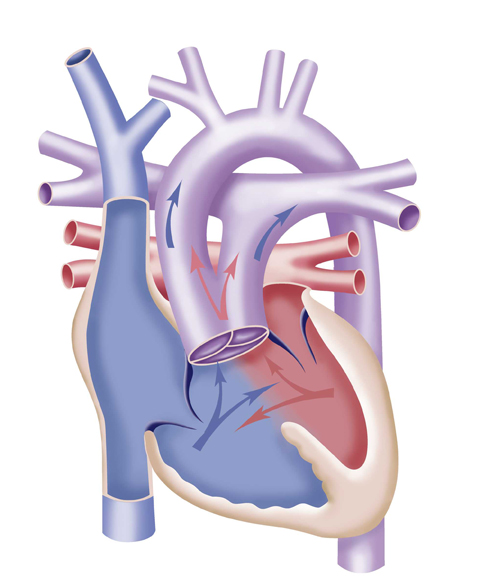
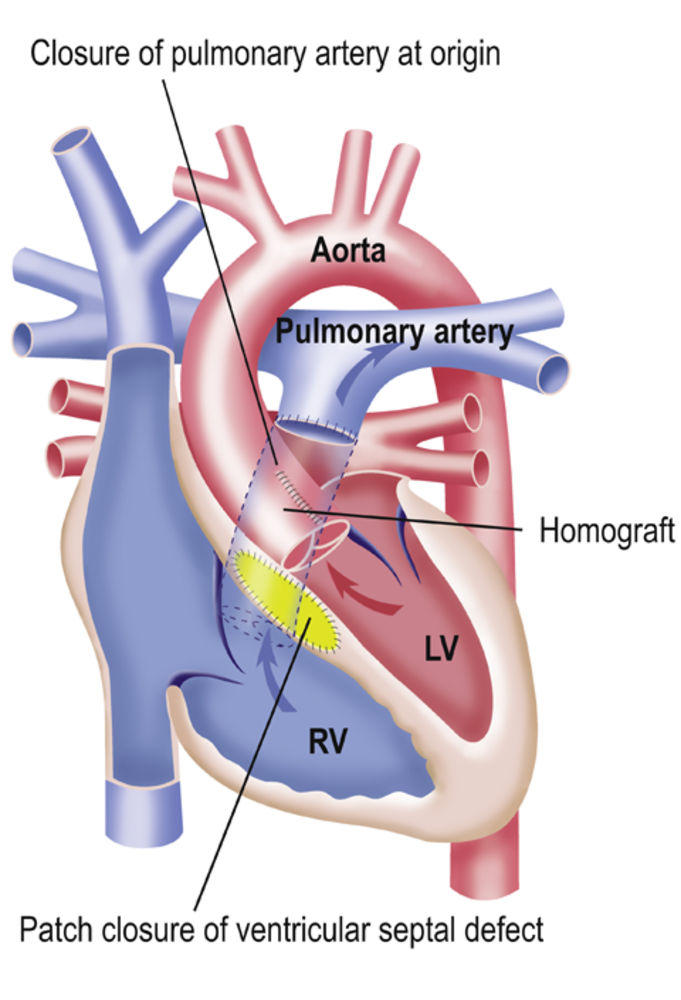
















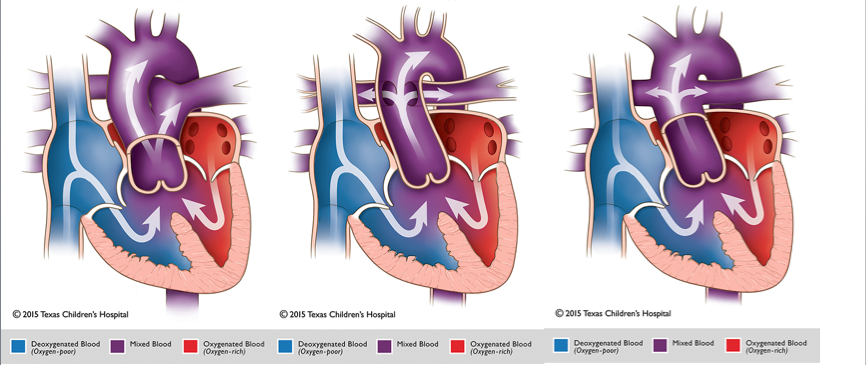



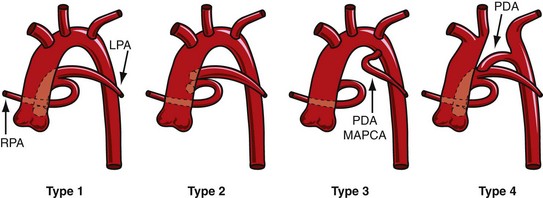
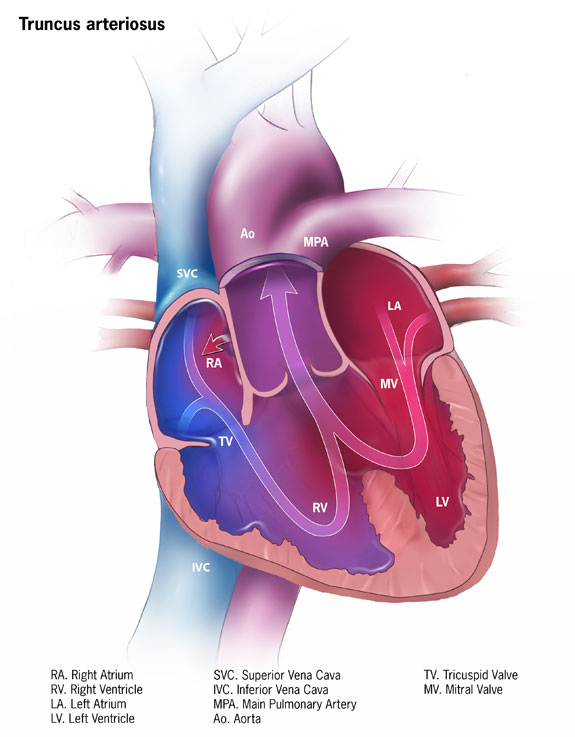








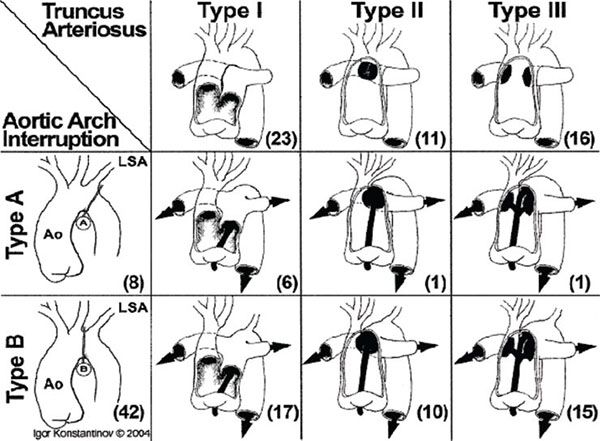



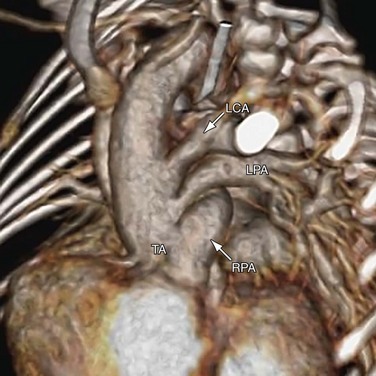
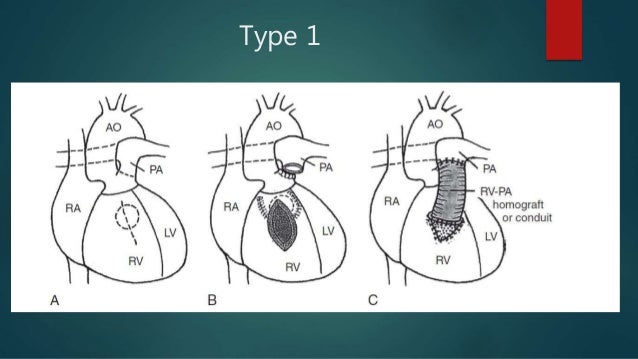


Posting Komentar untuk "Truncus Arteriosus Communis Erfahrung"